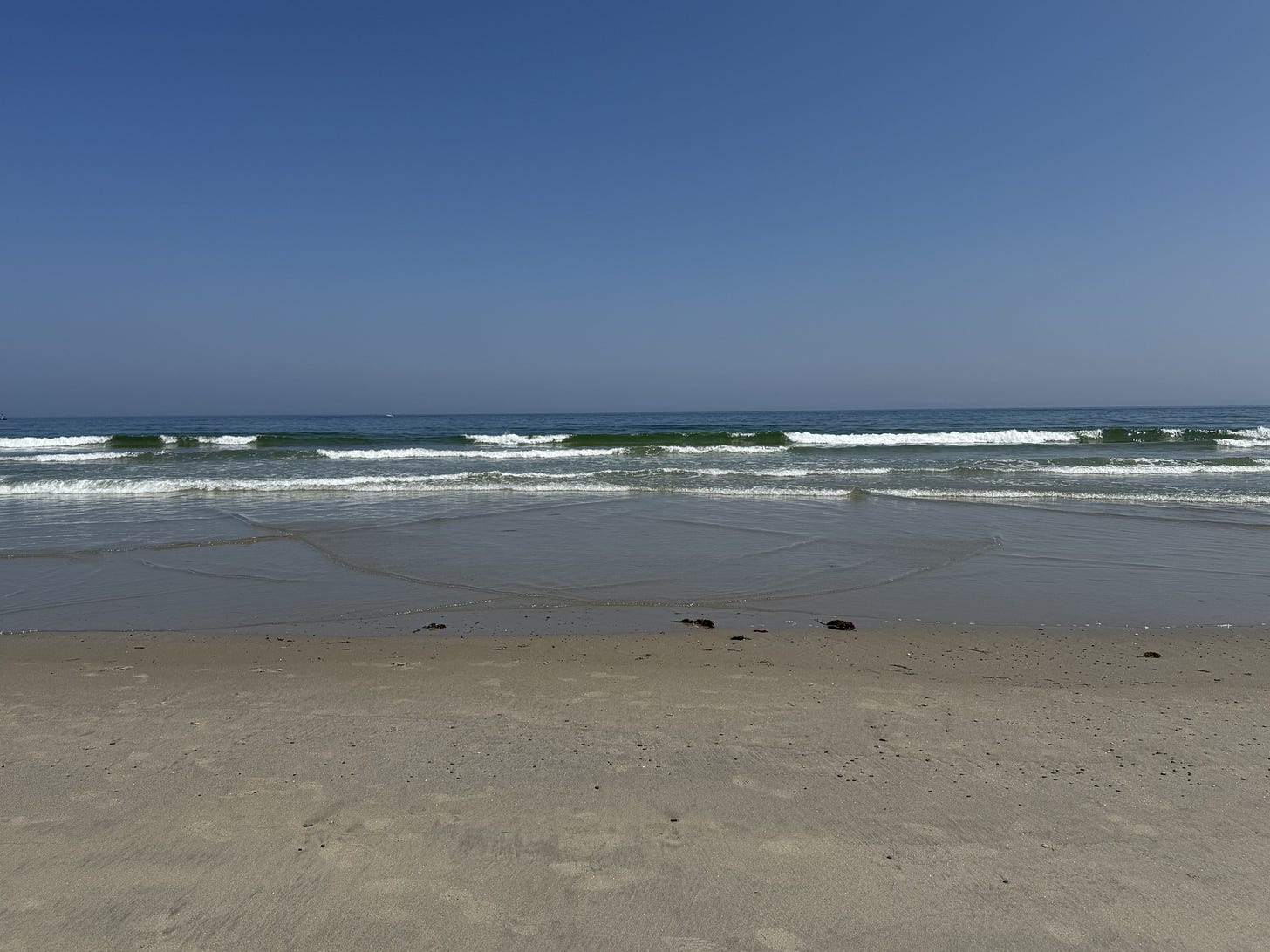Recap: My Big Maine Summer
Plus, swimming with the unknown…
New England Monsters of the Deep
Years ago, a representative from a European tourism board described for me, with much excitement, a new travel trend called “wild swimming.”
“It’s a beautiful way to connect with nature in a tactile way,” she said.
I was confused. “So you mean like… swimming in a lake…



